Where is Elliott Sadler now? He’s making the most of life on the farm, and in his community.
Race car driver Elliott Sadler hung up his fire suit in 2018, triggering an immediate “Where is he now?” narrative around the fan favorite, who was voted the most popular driver in NASCAR Xfinity Series racing four times and had a long career in the NASCAR Cup Series before that. The short answer to the “where is” question for Sadler is: He’s on his farm, a bucolic spread outside his hometown of Emporia, Virginia. A more complete answer comes courtesy of a conversation Sadler had with friend and owner of JR Motorsports, Dale Earnhardt Jr.
"I really leaned on him for some advice," says Sadler, who admits when the subject of retiring from a 27-year racing career would come up, he'd be "really worried and scared ... how it was all going to work out." After all, Dale Jr. retired from driving, but went right to ownership and management in the sport. It was an example Sadler followed—sort of.
"One of the neatest things he said to me that really stood out in my mind was, 'Elliott, you got to look at not retiring from something, but retiring to something.'" That changed Sadler's outlook on finishing his racing career.
“I'd had my chance," Sadler says. "I had chased my dream, trying to win a championship, winning races, traveling the world, doing all these things... It was time to retire to be more of a dad, be more of a coach, be more visible in the community where I was born and raised.
"Looking at it that way made my decision very easy, and probably the best decision I've ever made."
----
It would be easy to say that Sadler retired "to" his farm. And while it's not the most complete answer, it's the best start, especially since it was in the plan all along.
"I decided when I was about 21 or 22 years old, and I was kind of starting my racing career, I'd actually build a house on the same farm I was born and raised in," he says. That house sits yards from his childhood house on the farm, where his parents, Herman and Bell, still live. The main farmstead includes those houses and "The Barn," which stores farm equipment like his Massey Ferguson 4707 tractor, a seed drill, and a Woods batwing mower. There's no livestock, but a kennel of prized hunting dogs is just down the path. "The Barn" also serves as a central gathering place for family and friends. It's complete with a full bar, commercial kitchen, event space... and lots and lots of trophies. Not racing trophies, mind you, but trophy bucks; hunting is the primary land use on this part of the farm.
There are 6,000 acres of Sadler ground, though, and Sadler cites the old refrain about how "they're not making more of it" when describing his affinity for land. "My dad was always a land guy, whether it's buying or selling timber, whether it was trying to buy land to do hunting," he says. There is timber and hunting ground, but Sadler also leases land to farmers who make a living from it. "And it's all in this area," he says. "I can drive to whatever piece I want to go to... this is just where I wanted to be."
Just behind the Sadler Brothers offices on Main Street in Emporia is an unassuming building marked "Souvenirs." Inside, Bell Sadler is organizing an enormous collection of memorabilia, from photos to trophies (yes, of the racing variety, this time) to car hoods that are familiar to any racing fan, branded by sponsors like M&Ms, Best Buy, OneMain Financial, and more.
"It's been great having him home," says Ms. Sadler, who eagerly takes a visitor to the "Souvenirs" building through the years of photos and ephemera that represent countless time on the track with her boys. Father Herman raced, too, and passed it to his sons seemingly in their DNA; Bell says Elliott and brother Hermie were go-kart racing side by side by age 7. Elliott had big decisions to make as he aged through high school and college. He played six sports, was offered athletic scholarships; he started racing professionally at 20. No matter what he, his brother and his dad did, "it was always the same with the Sadler guys," says Bell: "Sooooooo competitive."
Despite retirement from racing, not much has changed with that. Across the back parking lot from Sadler Brothers is TopHand Sports Academy. Behind a storefront selling athletic equipment are indoor batting cages where Elliott has his game face on every afternoon. "I've kinda turned my attention more to coaching," he says, working with son Wyatt on baseball, daughter Austyn on softball, and helping "a lot of our kids get a good platform to maybe try to make it to the next level," he says.
"So that's pretty much kept me busy," he adds. "But when hunting season comes, everything else gets put on the back burner."
Back on the farm, inside "The Barn," there's a little figurine of a 10-point buck that sits on a shelf under the real trophy bucks. A sign on the base says, "Born to Hunt! Forced to Work." Plates on the trophies around the walls bear the names of various Sadlers, including the youngest. "When hunting season comes, it's just so much family time together," says Sadler. He holds up a photo of him, his dad and son Wyatt with a harvested buck, clearly a treasure.
These days a typical season on the farmstead is centered on hunting, keeping the deer close, fed and managed. "I tell people all the time, the reason I raced for so long, and traveled for so long, is so I could hunt," Sadler laughs.
He's earned some time in the blind. Racing used to mean 30 or more weekends away from home every year. He credits his parents and their farming background with instilling work ethic—Bell used to pull tobacco before school in the morning, he says—but "the last few years of racing were really hard on me, being separated from my mom and dad, my kids of course, and my wife..."
Worrying about how retirement would work out seems like a distant memory, he says; retiring to something seems to have worked out pretty well. "The land, the farming, the food plots, the hunting, the coaching, the family atmosphere... I'm very blessed to be in this situation."
Sadler may be retired from NASCAR, but the word "horsepower" still makes his eyes light up like the kid who's been racing something since age 7.
"Hey, I'm a race-car driver," he says. "I had to have something that doesn't bog down. We had to have horsepower." It's just that these days, the equipment muscle has different applications.
A long list of them.
"We've got to be able to put the finishing mower on it and go cut beside my house," Sadler says. "And then we have to take that off and we have to put a drill on it and go drill these food plots. And then we got to put up a side cutter on it. So, we use it for a lot of different things. So we needed a tractor that was versatile."
The Massey Ferguson 4707 fit the bill, and then some. "He didn't need something that was too big in physical size," says Trey Taylor of Crewe Tractor and Equipment in Crewe, Virginia, “but the right horsepower and frame to handle what he wanted to do with it," he adds. "It turns in tight areas, whether it's on the riverbank or down by the creek or moving rock or going across small bridges. The turning and handling on it is great," says Sadler.
The Power Shuttle transmission keeps Sadler moving and focused on the work, says Taylor. "It's pretty much a touchless transmission... to me, it has the best transmission on the market," he adds.
Sadler credits Crewe Tractor with fast and efficient service. Pit crew-like, even. "I'm using it as a hobby, but man, the timing is always there, and I know when guys get into a pinch, that do this for a living, (Crewe Tractor) is right there to do the same thing," Sadler says.

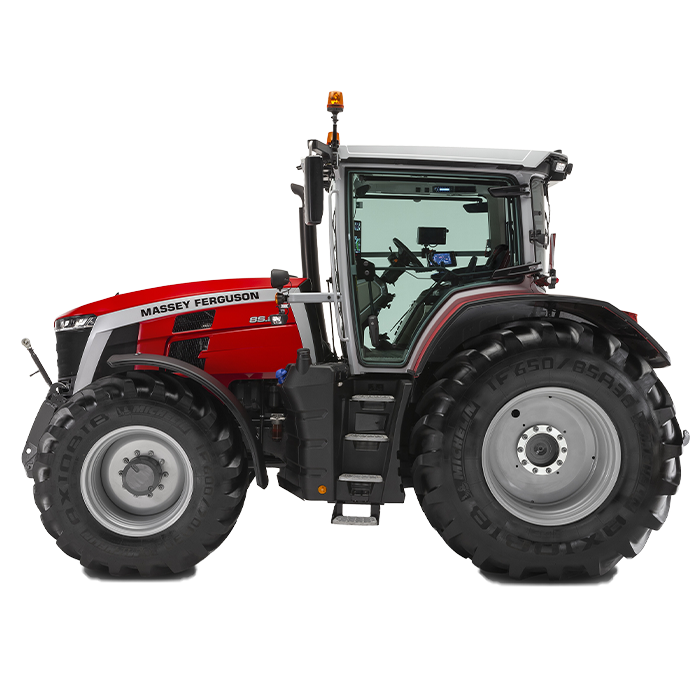
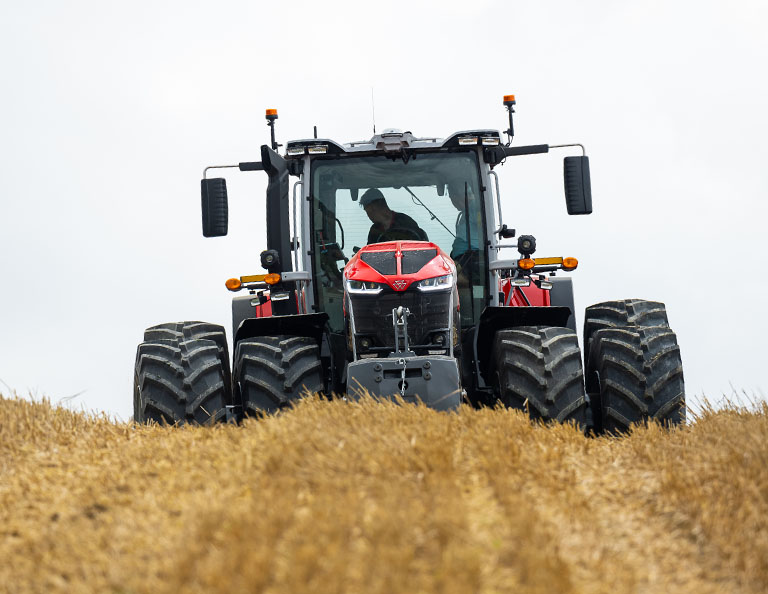

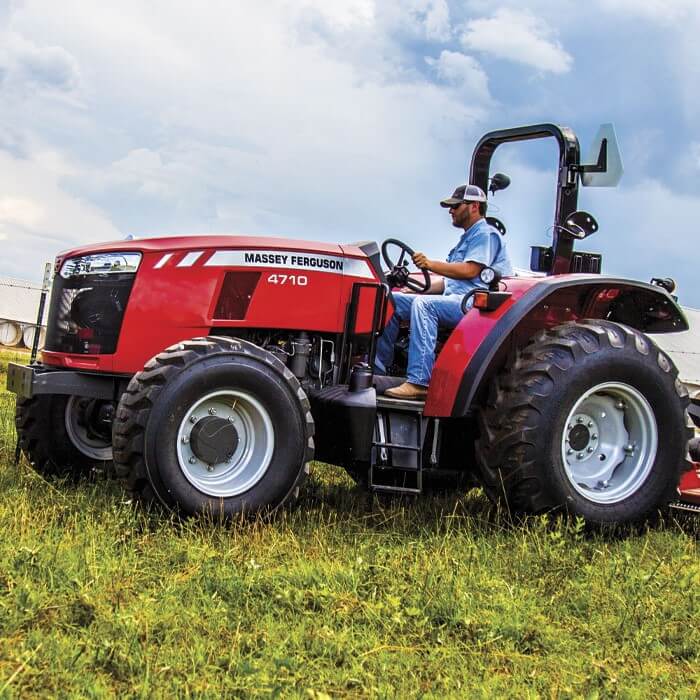


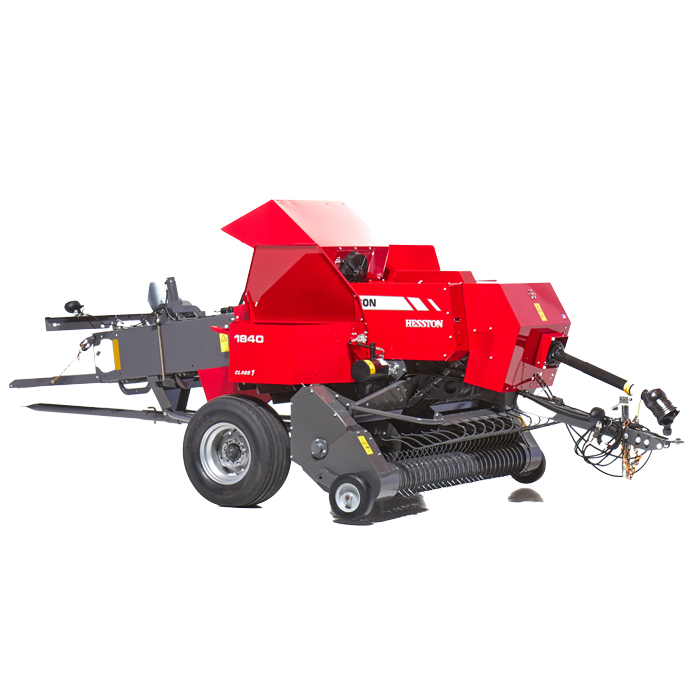
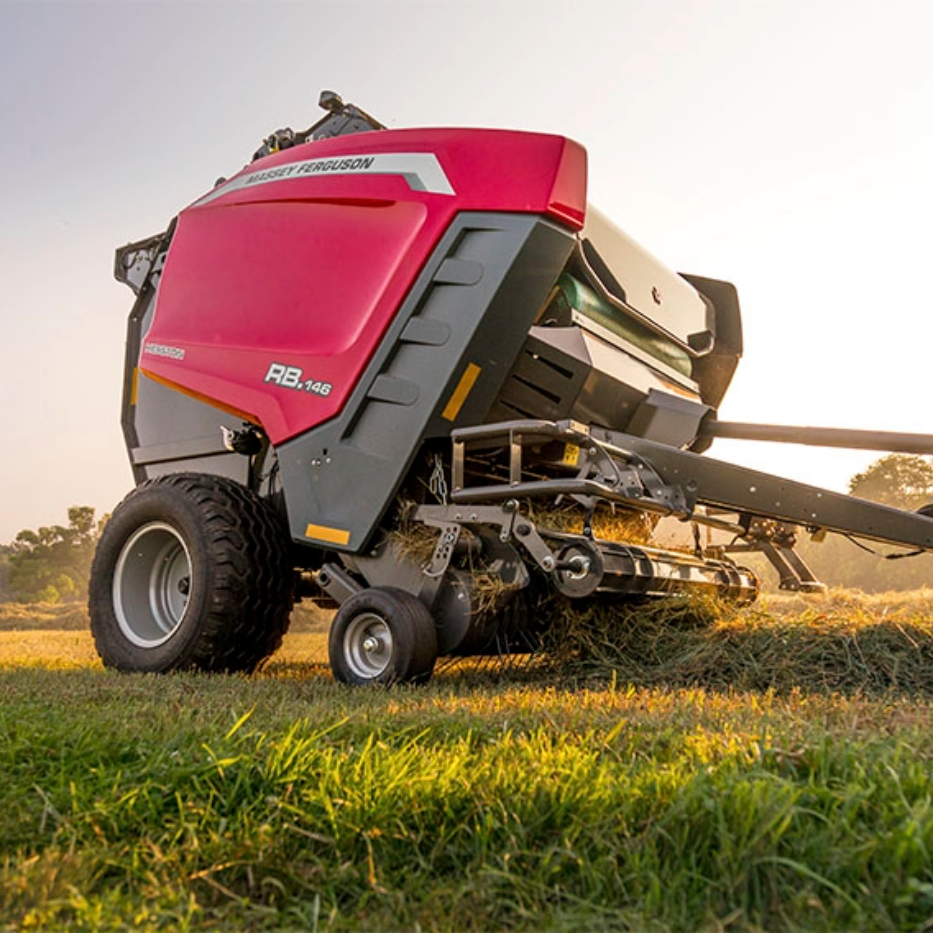
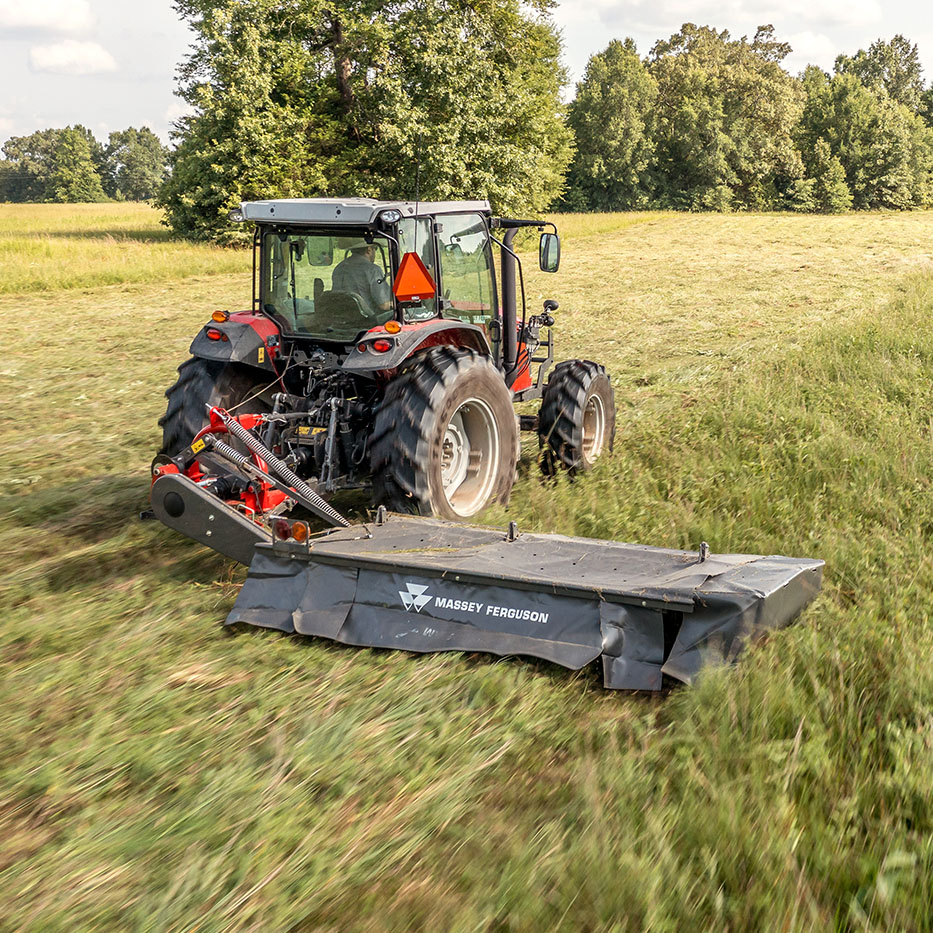
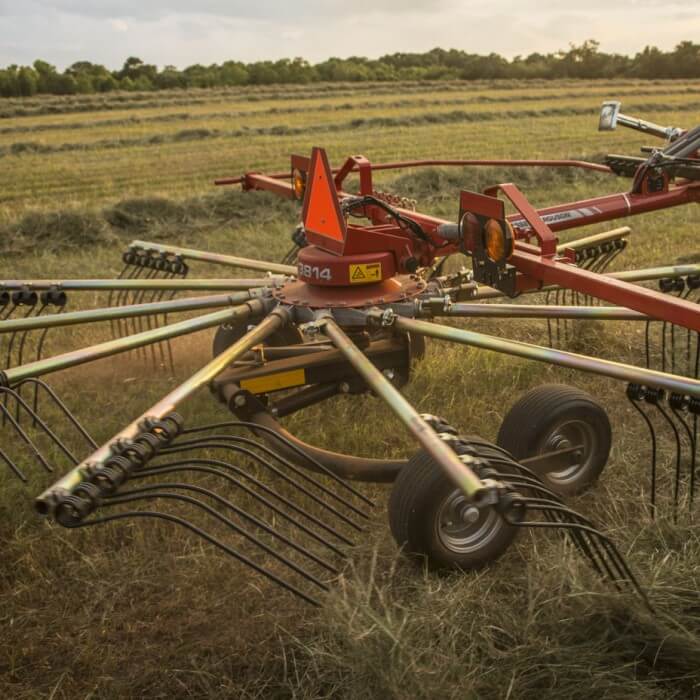
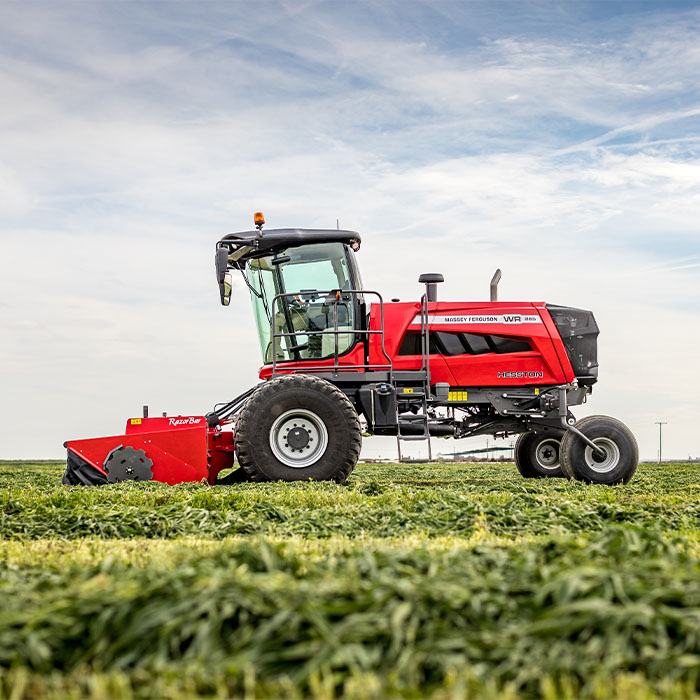
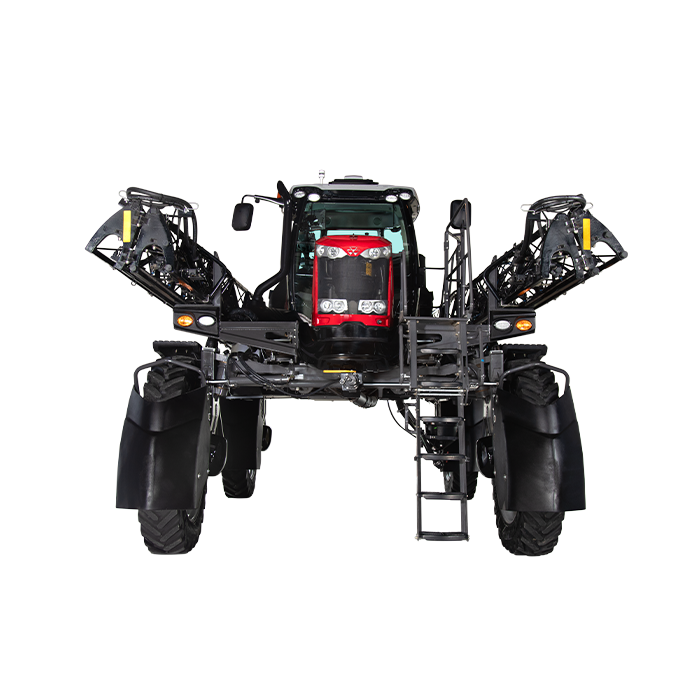

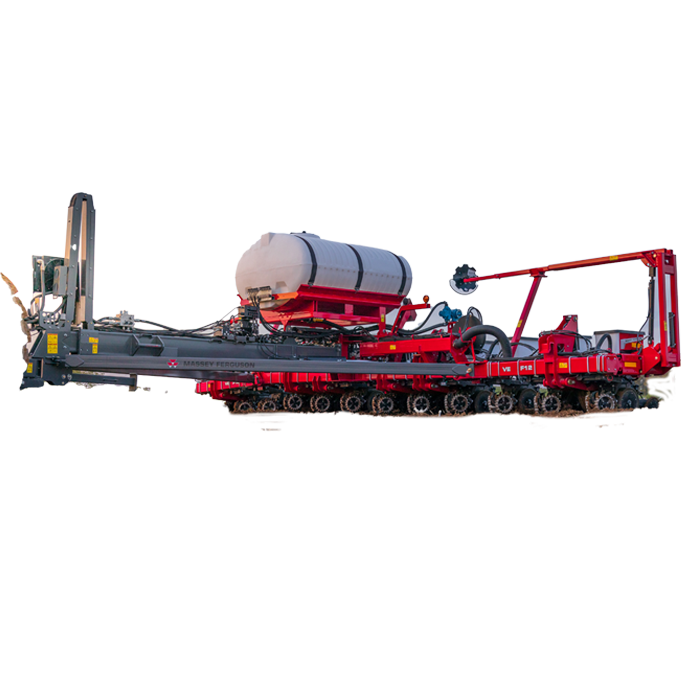
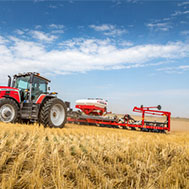
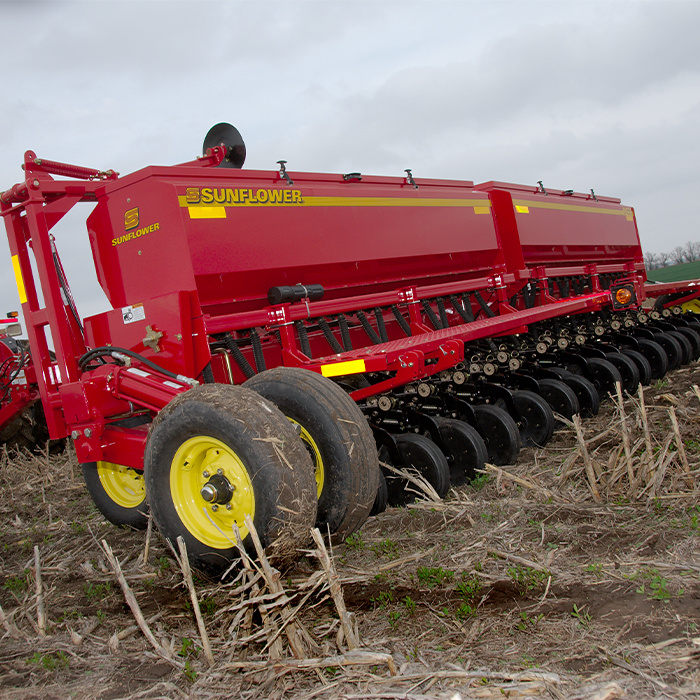
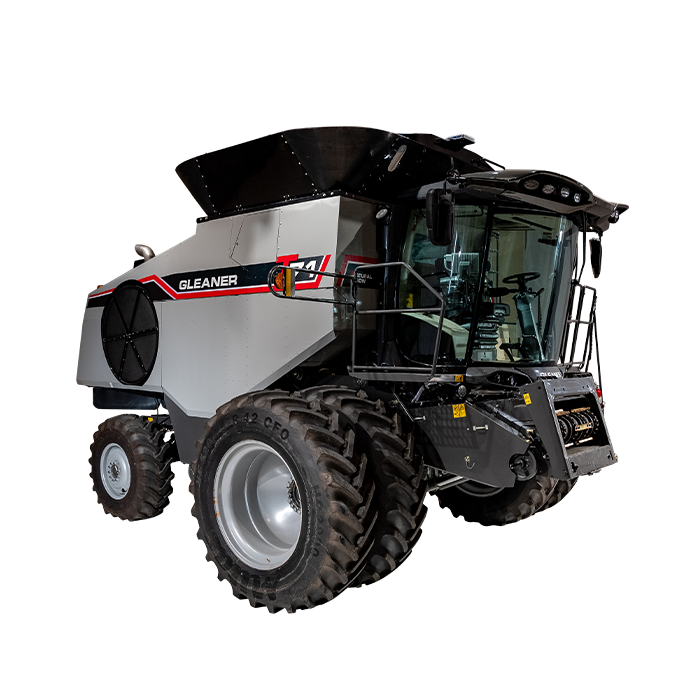

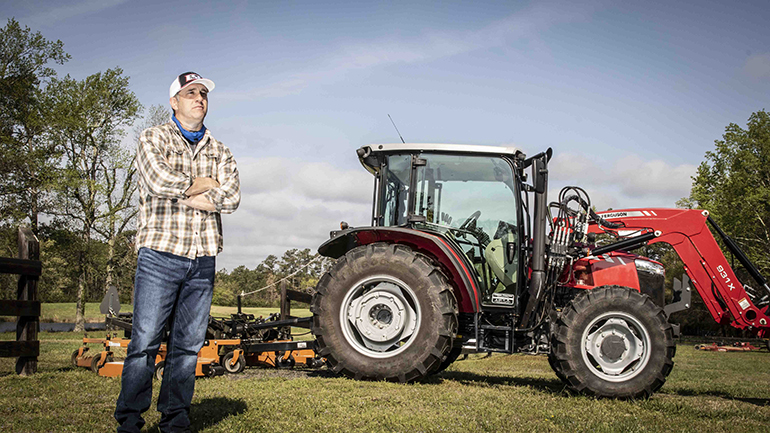
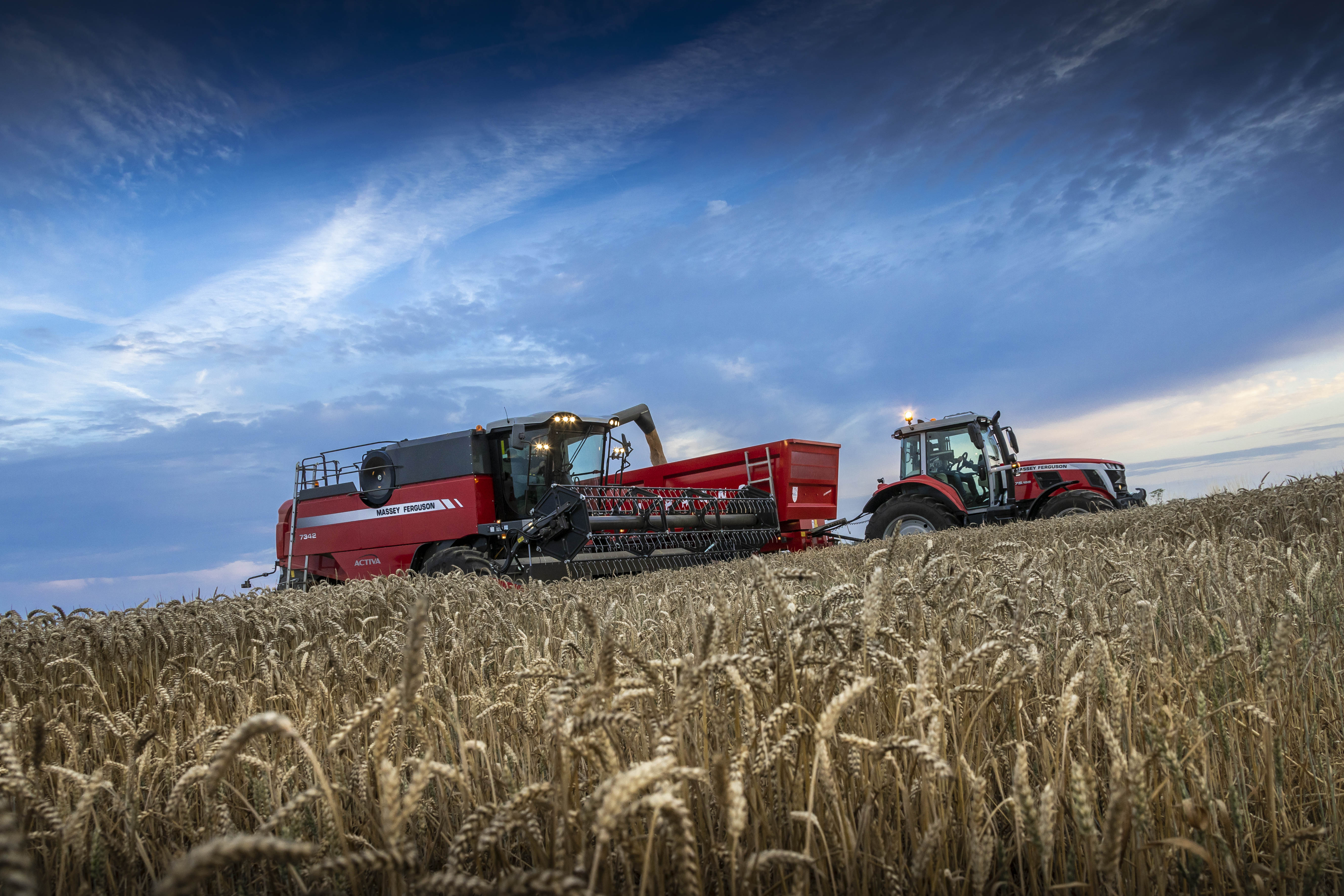
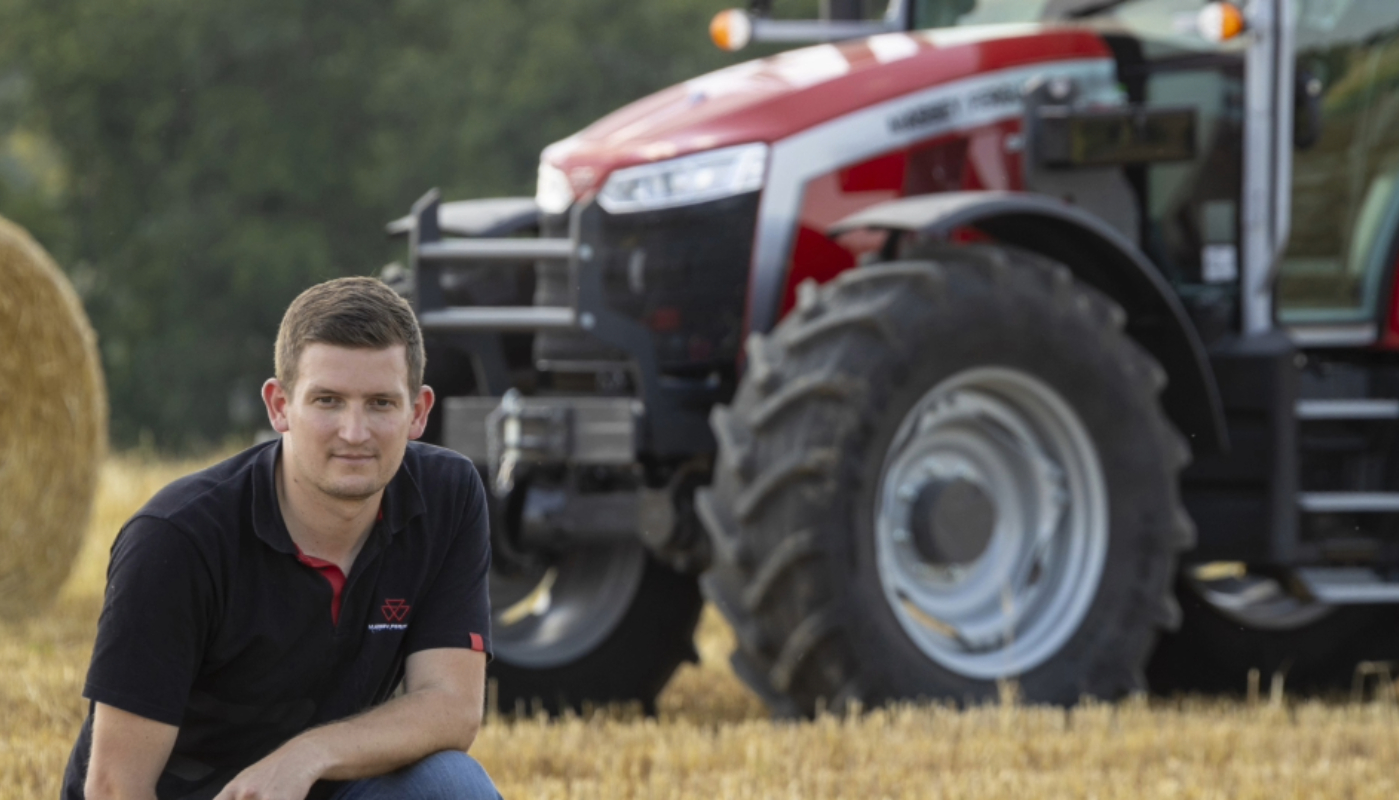
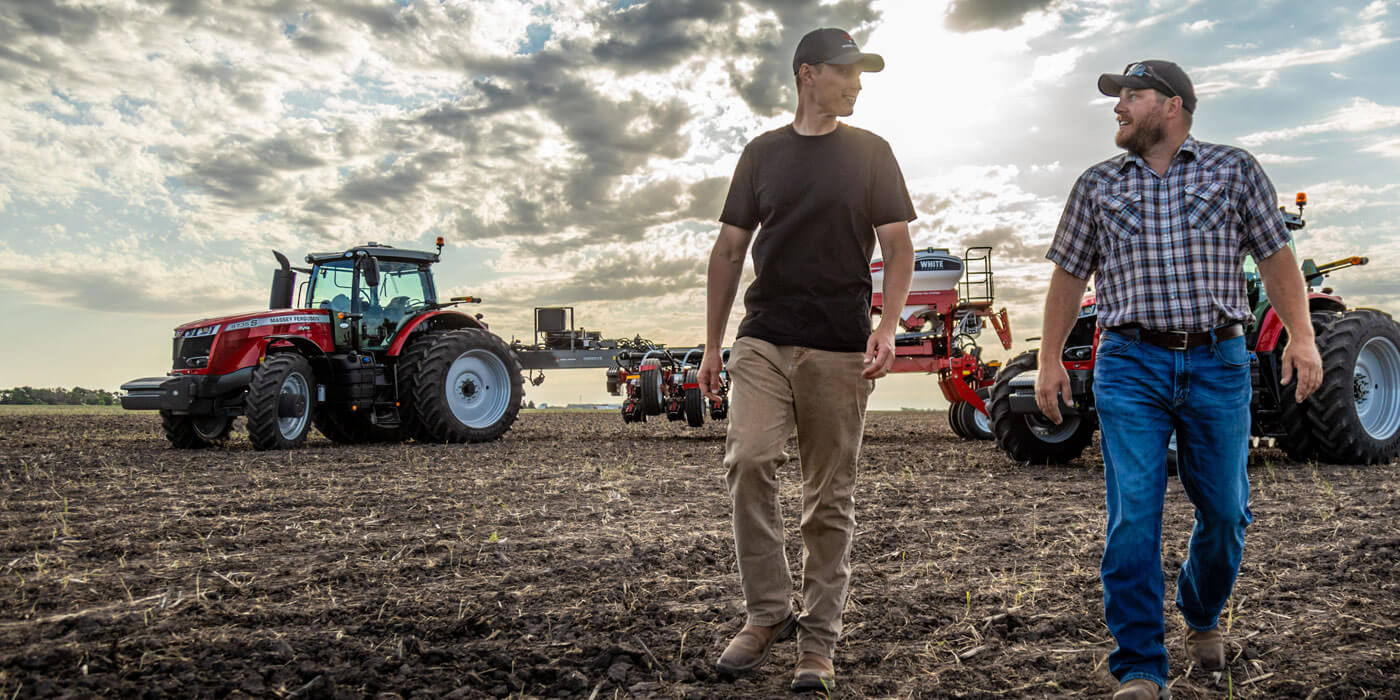
Share